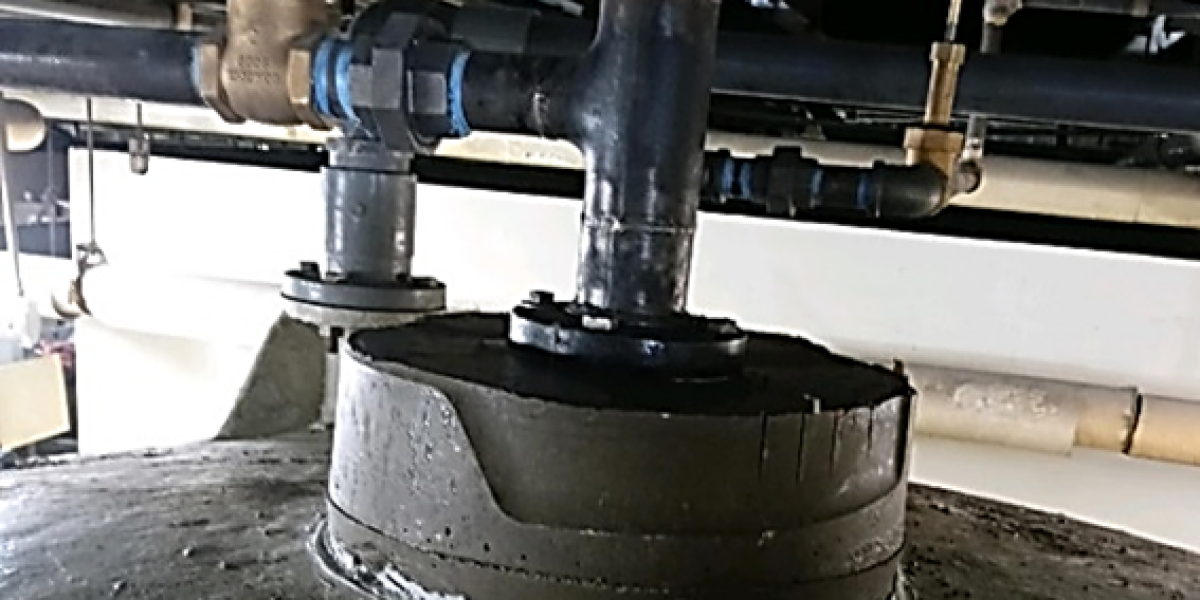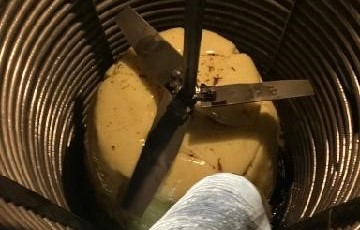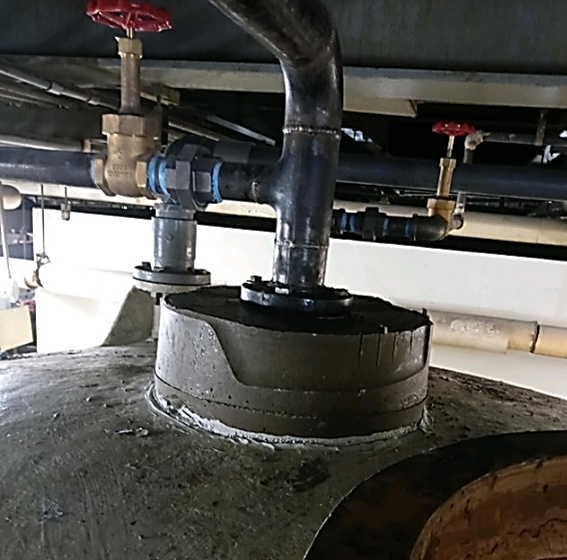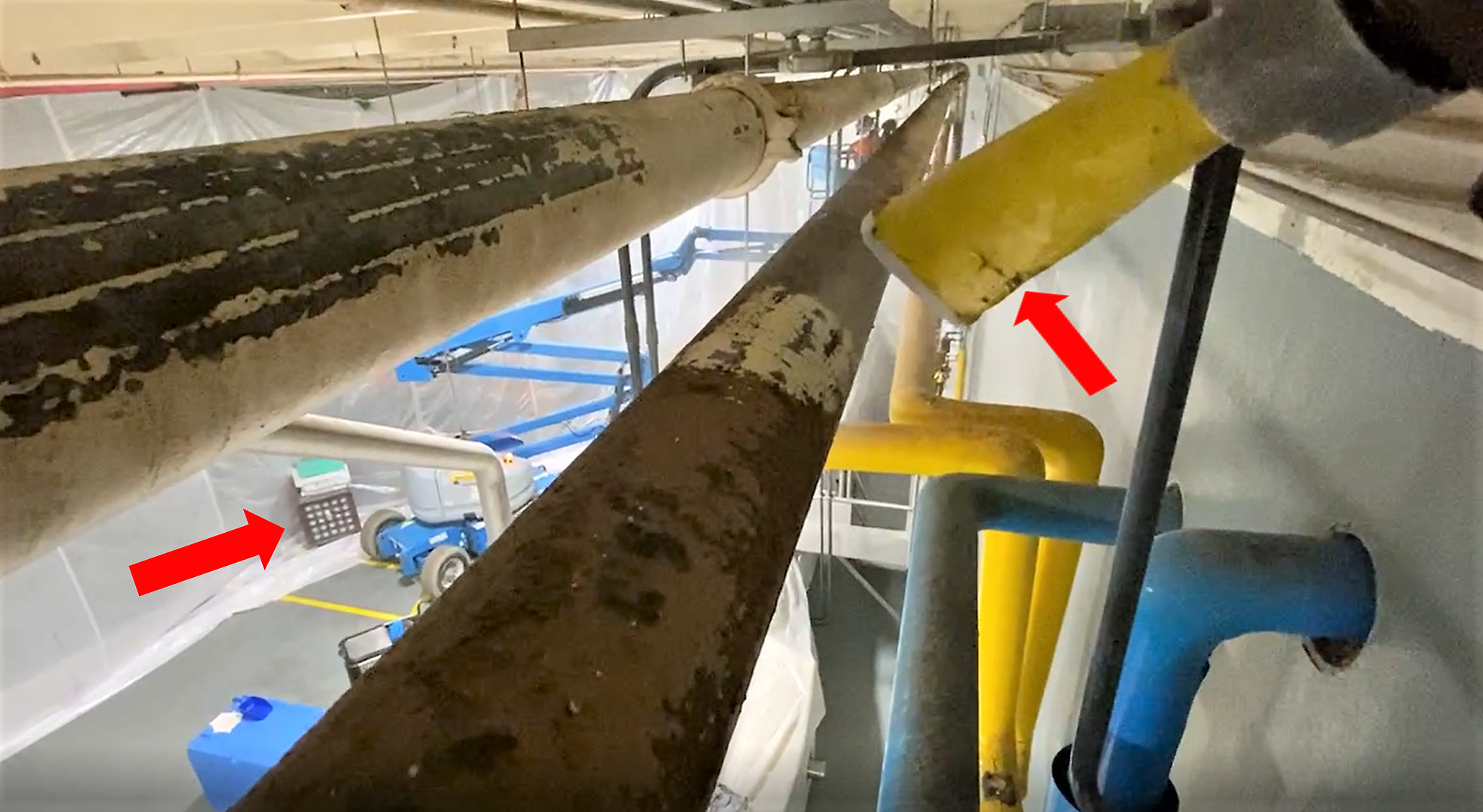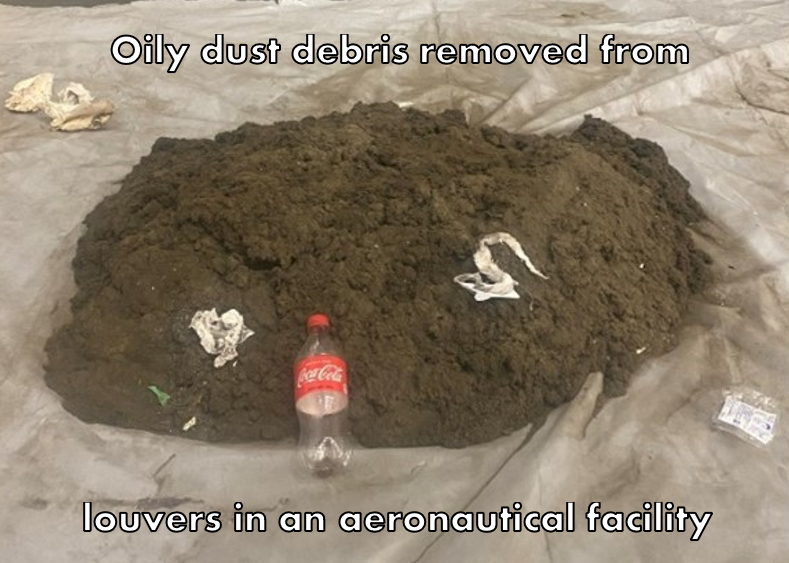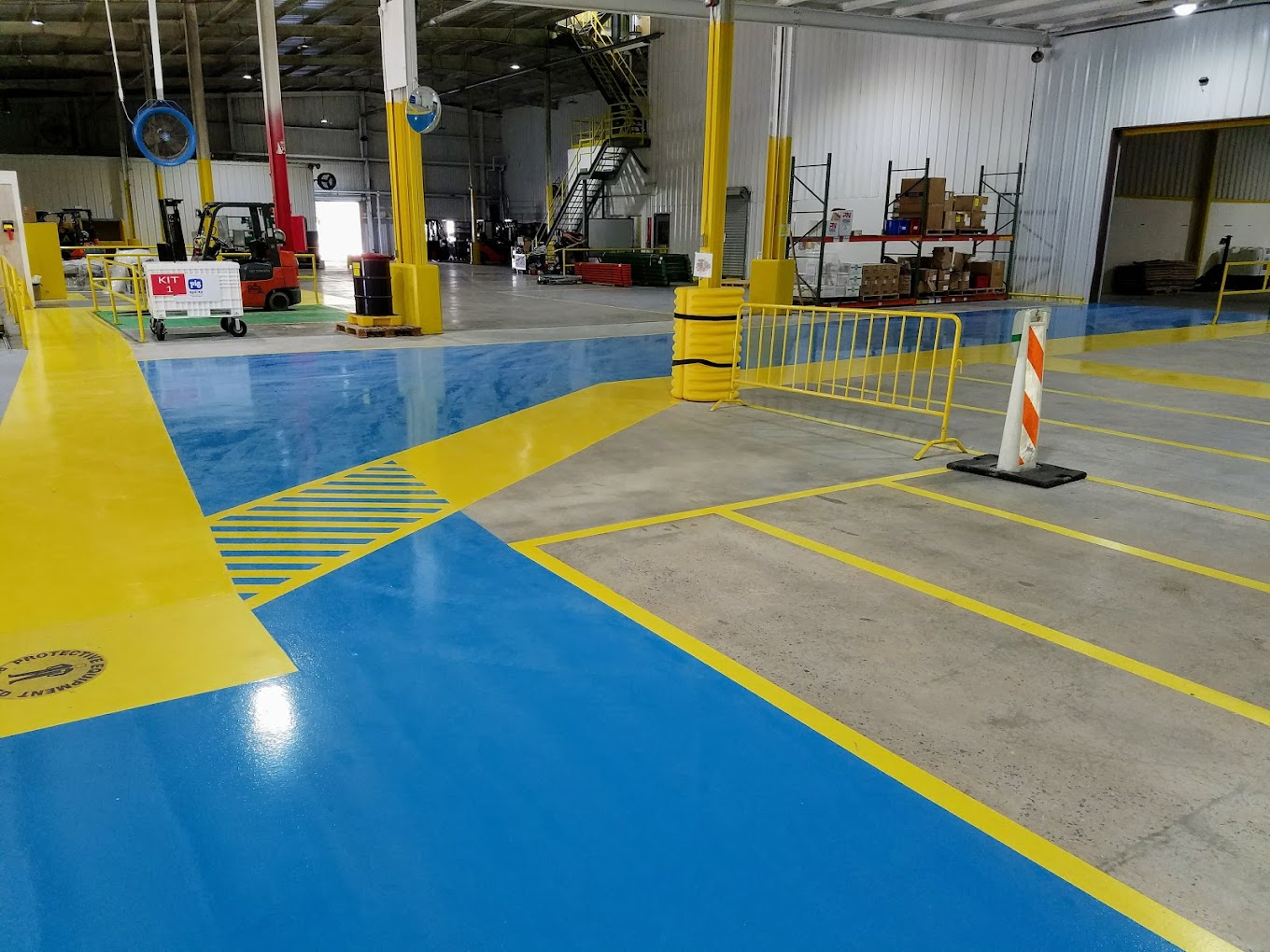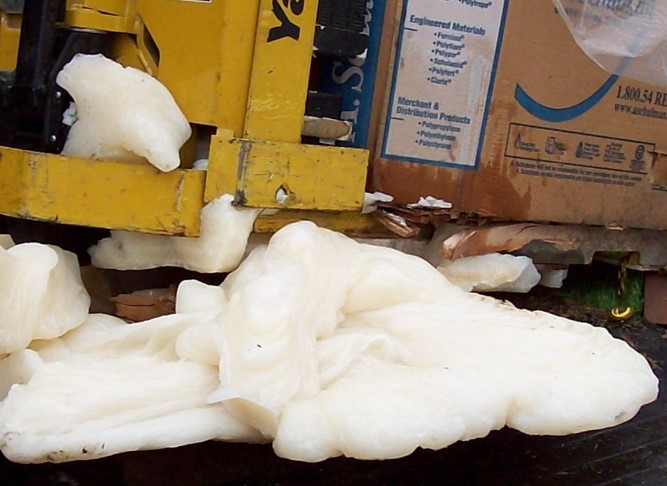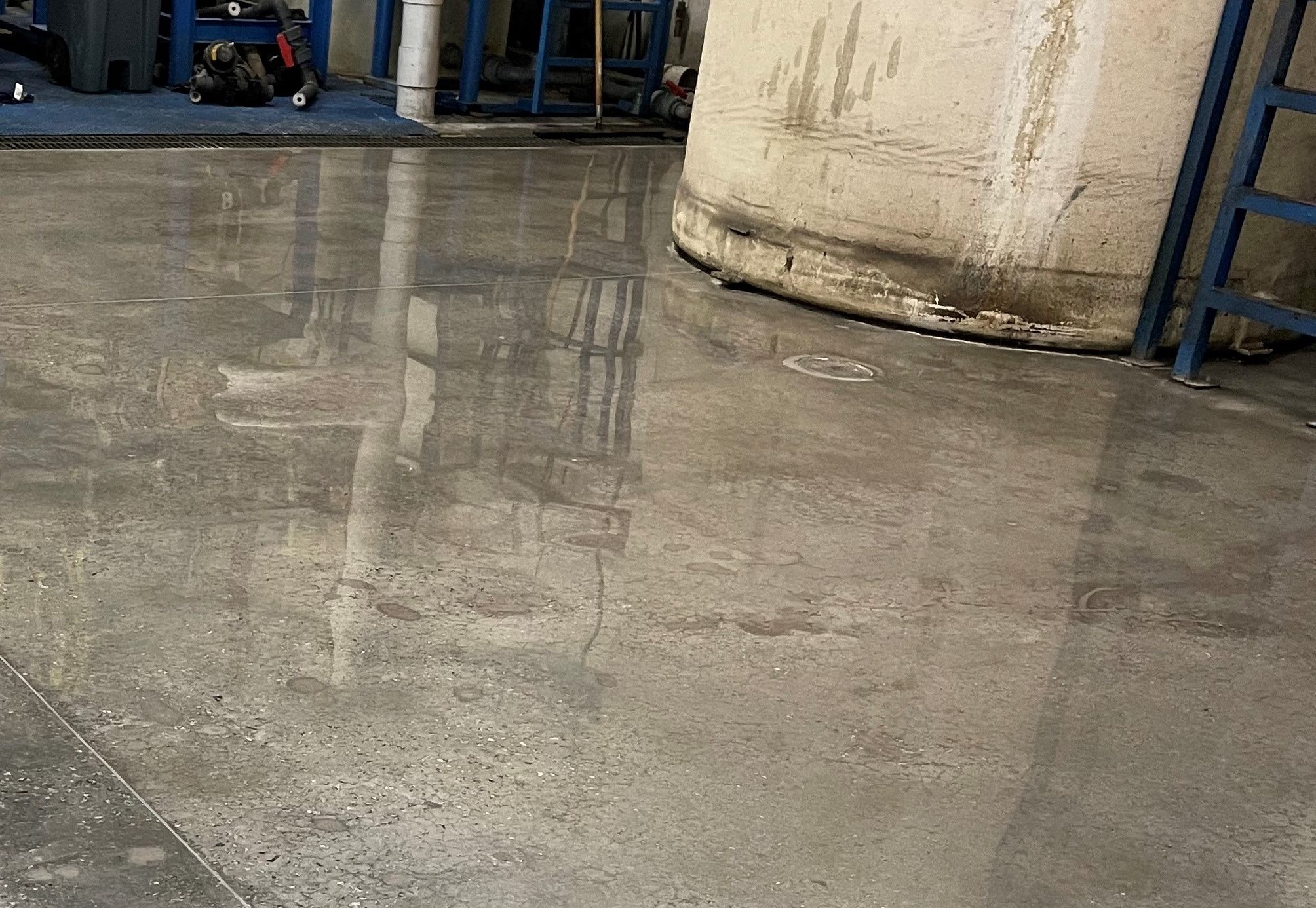“Never tell people how to do things. Tell them what to do and they will surprise you with their ingenuity.”
—George S. Patton
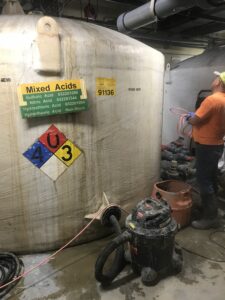
6000-gallon mixed acid tank
It started out as an industrial cleaning job inside the confined space of a 6000-gallon fiberglass storage tank. The tank was one of two identical tanks connected by fill piping at the top. Both tanks held mixed acids from the plating shop at an aircraft maintenance facility.
For our associates to enter one of the tanks to clean, both tanks had to be shut down. But shutting down both tanks would cause the plating shop to be shut down, too. By blanking off and isolating the tank, we could complete the cleaning job, one tank at a time without shutting down the plating shop.
After our confined space cleaning of the tanks was completed, the facility installed a cut-off valve, between the two tanks, which would allow the two tanks to be isolated from each other.
A misalignment of the fill line
A mechanical contractor at the facility added the needed valve between the two tanks. But a misalignment of the fill line metal pipe flange to the gusseted fiberglass tank flange on one of the tanks by the contractor, cracked the tank’s fiberglass flange and the tank itself when torque was applied to connect the two flanges.
Our industrial cleaning job inside the confined space of a storage tank was now a tank repair job.
Because the cracked gusseted tank flange was molded to the tank itself, the repair of the flange would take some ingenuity. Our solution was to secure the cracked flange in place by molding epoxy grout around it.
But what could we use to make the mold form?
A wet/dry shop vacuum
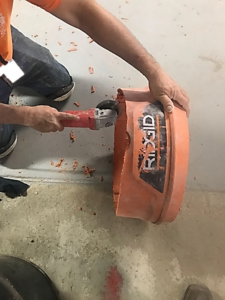
Creating a mold form from a wet/dry shop vacuum.
The answer was to cut the bottom out of a wet/dry shop vacuum, trim it down to size and fit it around the fiberglass flange. We sealed the bottom of the shop vacuum to the tank with urethane caulk to prevent the epoxy grout we would use from leaking out. We then used a flowable, non-shrinking epoxy grout in the mold to ensure all cracks and voids were filled and sealed. Note: The crack in the tank itself was repaired externally with a vinyl ester specified for fiberglass crack and repair prior to pouring the grout.
This storage tank repair job may not be pretty, but it works.

